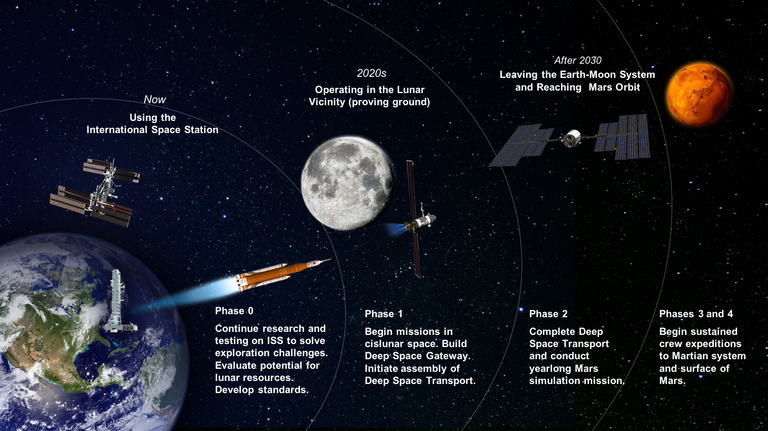For the first time a Human Object impacting the moon unintentionally.
For the first time a Human Object impacting the moon unintentionally.

Souce
Spacex, Elon Musk's space company, is the pioneer in the technology that allows them to reuse rockets after use to transport payloads that can be satellites, commercial, government, more than 2,000 satellites of his starling company to provide internet in remote areas and even a tesla Roadster.
But in higher orbits we have a lot of drifting rocket bodies without fuel, many of which we have no idea where they are or whose orbits are too unpredictable, which is obviously a danger to other objects in orbit, of course. In fact, the problem is not only that the objects can collide with other objects in orbit, but that the remaining pressure in the tanks of these exhausted rockets can cause them to explode without warning, which could produce not one but a lot of dangerous objects.

Souce
But not all of its missions can afford to return their second stages. That was the case with the Discover Mission, NASA's deep space weather observatory launched in 2015, the Falcon 9 rocket had to take it one million six hundred thousand kilometers. far beyond the distance of the moon and by the time it left the observatory at its final destination lagrange point 1, the second stage of the rocket had already exhausted all its fuel so it separated and drifted for 7 years being pushed and pulled by the gravities of the earth the moon and the sun that made their orbit chaotic and difficult to predict until now because we know that on March 4 at 12: 25:58 in the afternoon.
Thank you for visiting my blog. If you like posts about #science, #planet, #politics, #rights #crypto, #traveling and discovering secrets and beauties of the #universe, feel free to Follow me as these are the topics I write about the most. Have a wonderful day and stay on this great platform :) :)
0
0
0.000
0 comments